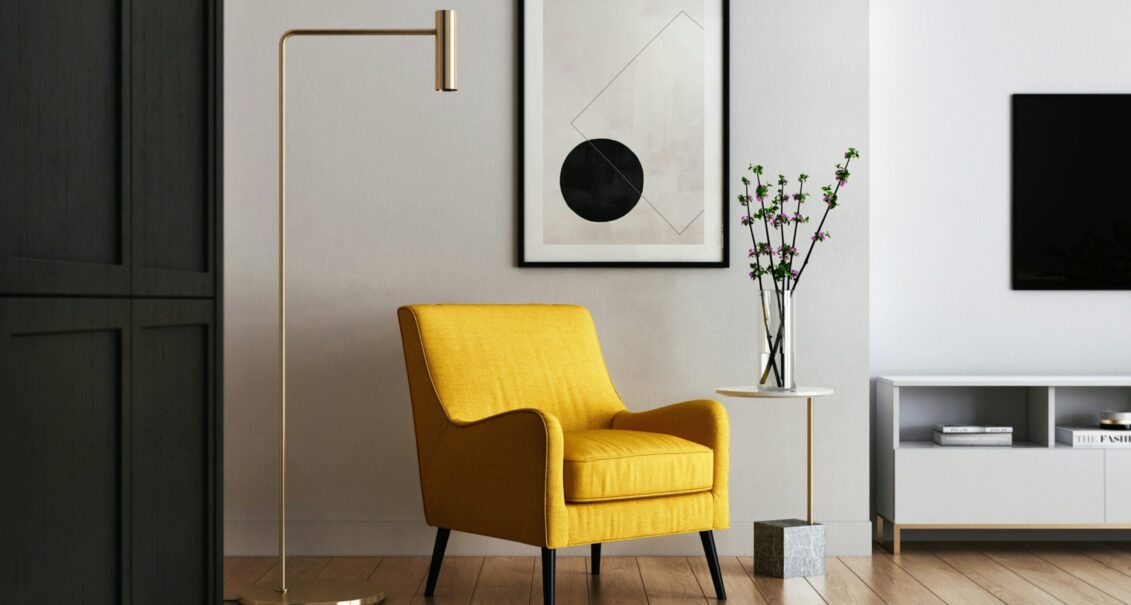Hardwood flooring is a popular choice for homeowners due to its durability, timeless appeal, and the value it adds to a home. However, selecting the right hardwood flooring involves more than just picking a wood species and colour. In this guide, we will talk about the various aspects of hardwood flooring, including its uses, types, installation methods, and maintenance tips to help you use and elevate the look of your chosen space.
Uses of Hardwood Flooring
Versatility: Hardwood flooring is incredibly versatile and can enhance the aesthetic of any room. It is suitable for living areas, bedrooms, studies, and even kitchens due to its durability and ease of cleaning. While hardwood is generally not recommended for bathrooms due to moisture concerns, modern finishes and sealants have made it more adaptable in recent years.
Increase in Home Value: Installing hardwood floors can significantly increase the resale value of your home. They are a sought-after feature for homebuyers.
Aesthetic Appeal: Hardwood floors offer a warm, inviting look that complements many decorating styles, from traditional to contemporary. They can also make rooms appear larger and more cohesive.
Types of Hardwood Flooring
Choosing the right type of hardwood flooring depends on your budget, the climate of your location, and the level of traffic in your home.
1. Solid Hardwood:
- Description: Solid hardwood is made from a single piece of wood. It is known for its authenticity, longevity, and the ability to be refinished multiple times over its lifespan.
- Best for: Areas with controlled climate conditions since it can expand and contract with changes in humidity.
2. Engineered Hardwood:
- Description: This type consists of a top layer of real hardwood attached to several layers of plywood or fiberboard. Engineered hardwood provides enhanced stability and resistance to moisture.
- Best for: Homes in regions with high humidity levels or where the floors are installed below grade, like basements.
3. Laminate Hardwood:
- Description: While not true hardwood, laminate flooring features a photographic layer that mimics wood atop a dense core layer and is coated with a protective finish. It’s more resistant to scratches, moisture, and wear and tear.
- Best for: High-traffic areas and families with pets or children.
Installation of Hardwood Flooring
The installation of hardwood flooring can be a significant undertaking. Here are the primary methods used:
1. Nail Down: The most traditional method, mainly used for solid hardwood. Here, nails are used to attach the flooring directly to a wood subfloor.
2. Glue Down: Often used for engineered hardwood, this method involves gluing the floor panels directly to the subfloor. It’s particularly good for concrete subfloors.
3. Floating: This installation method involves attaching or clicking the panels together without adhering them to the subfloor. It is suitable for engineered and laminate hardwoods and allows for installation over existing flooring.
4. Click-Lock: The easiest and fastest installation method, where boards are designed to lock together, eliminating the need for nails or glue. It’s ideal for DIY enthusiasts.
Professional installation is recommended, especially for solid hardwood, to ensure that the job is done correctly and to avoid future problems such as buckling or gaps.
Maintenance of Hardwood Flooring
Maintaining hardwood floors is not overly complicated, but they do require regular care to keep them looking their best.
Daily Maintenance: Sweeping or vacuuming regularly will prevent dirt and grit from scratching the wood surface. Use a soft-bristled attachment to avoid damage.
Deep Cleaning: Use a damp mop with a cleaner specifically designed for hardwood floors. Avoid using water directly on the floor, as this can cause warping and damage.
Preventative Measures:
- Use rugs and mats at entrances to catch dirt.
- Place felt pads under furniture legs to prevent scratches.
- Keep pets’ nails trimmed.
- Avoid walking on hardwood floors with high heels.
Refinishing: Depending on traffic and wear, hardwood floors can be sanded down and refinished every 7 to 10 years. This process can significantly restore the appearance of your floors and extend their lifespan.
Hardwood flooring is a beautiful and durable option that can elevate nearly any room in your home. By understanding the different types, proper installation methods, and effective maintenance practices, you can ensure that your hardwood floors provide beauty and value for many years to come. Whether you choose the classic elegance of solid hardwood or the versatility and moisture resistance of engineered hardwood, this investment can dramatically improve the ambiance and value of your living space.





